Average sizes and life expectancy for this breed:
One of the oldest and most popular cat breeds, Persians first came into fashion during the Victorian era, but they existed long before then. They are the parent breed for the Persian Group, composed of the Persian, Exotic Shorthair and Himalayan.
All these breeds share similar body types; however, the Exotic Shorthair's hair is different from the Himalayan and Persian's long hair. Persian cats are known for their sweet flat face, large and round eyes and cute fat cheeks.
Known as a gentle and docile breed, Persian cats appreciate being in a serene environment. Families prefer this cat breed because of their easy going personality and ability to get along with everyone. They love to lounge on sofas and beds with their owners and families and communicate using their expressive eyes and their calm, soft, and sweet voices.
While they may be calm most of the time, they can explode into action like running from room to room and rolling around the living area. Due to this, invest in interactive toys like catnip mice and chase balls. Not only will they be kept entertained, but it is a form of exercise for them too.
Persian cats have extremely sweet and gentle characters. They have amazingly expressive eyes, which a lot of cat lovers find endearing. Furthermore, this is one of the many reasons why Persian cats consistently remained one of the favourite choices in the United Kingdom and across the world.
Persian cats come in two types: show and traditional. The show Persian cat has a round head embellished with a thick ruff, small ears, a flat nose, and a pair of big round copper eyes. They also have a wide, short body with heavy boning and short legs, and a thick, flowing tail.
On the other hand, the traditional Persian cat, also known as the Doll Face, does not have the show Persian cats' features and characteristics. Their nose is of standard length, which gives them a sweet expression. However, both types have a long, glamorous, and magnificent coat that comes in many colours and patterns. Moreover, they both share the same charming personality that many love.
See available kittens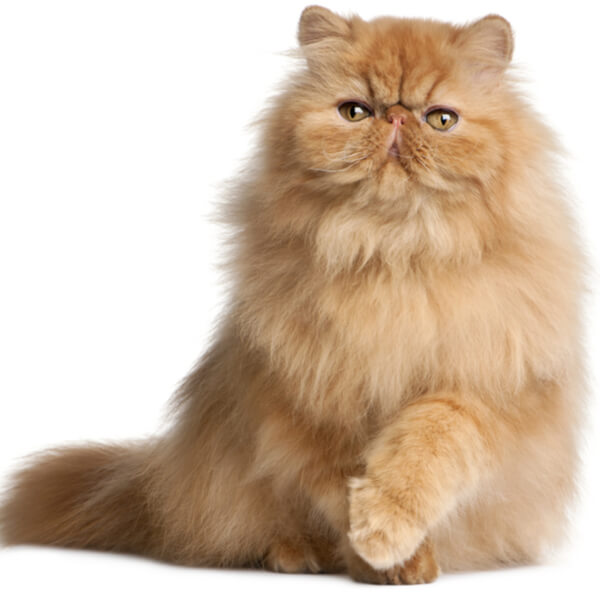

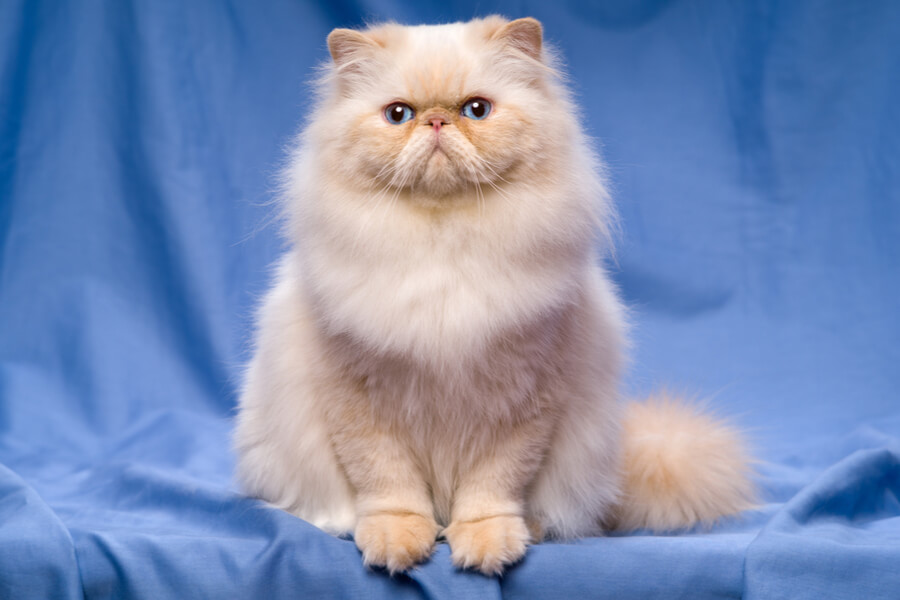


The history of the Persian cat remains unclear because earlier records were not kept until recent times. What is recognized is that in 1871, at Crystal Palace in the UK, the Persian cats were exhibited at the first cat show ever. It was the same time that early cat enthusiasts came up with the breed standard for Persian cats we see today.
One of the popular theories of the history of Persian cats is that they were introduced to Italy by Pierto della Valle in 1620 as he sold imported jewels, silks, and spices from Persia. At the same time, it is believed Nicholas-Claude Fabri de Peiresc brought longhaired cats to France that he had found in Turkey. These cats were called Angoras initially, after the capital of Turkey, which is now Ankara. Some believe that these two cats were the same breed.
These ancient cats were recognized by the Cat Fanciers' Association (CFA) in 1906 as one of the foundation breeds. They made their way to the United States some time between the late 1800s and early 1900s. Today, the Persian is one of the most popular cat breeds worldwide, including in the United Kingdom, because of their kind, sweet natures and delightful appearance.
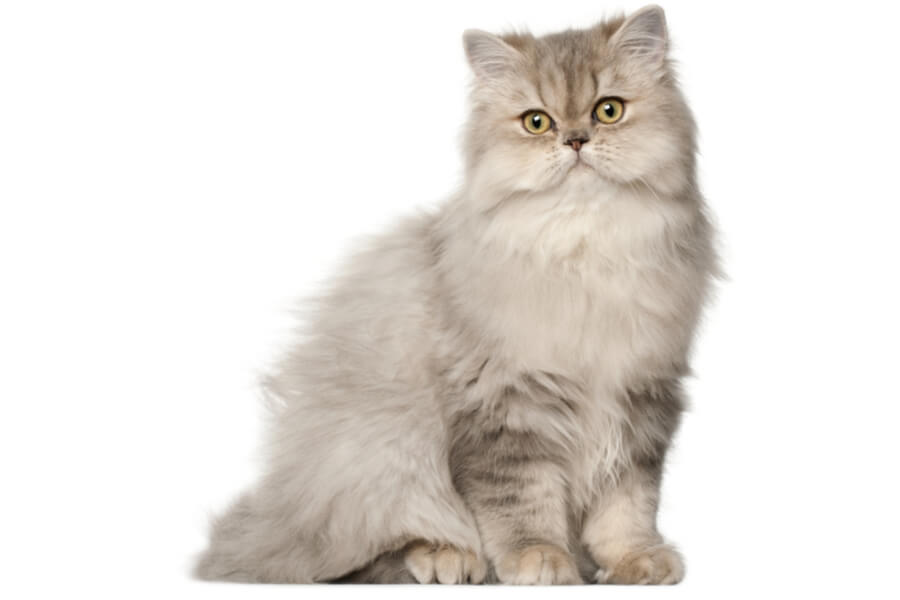
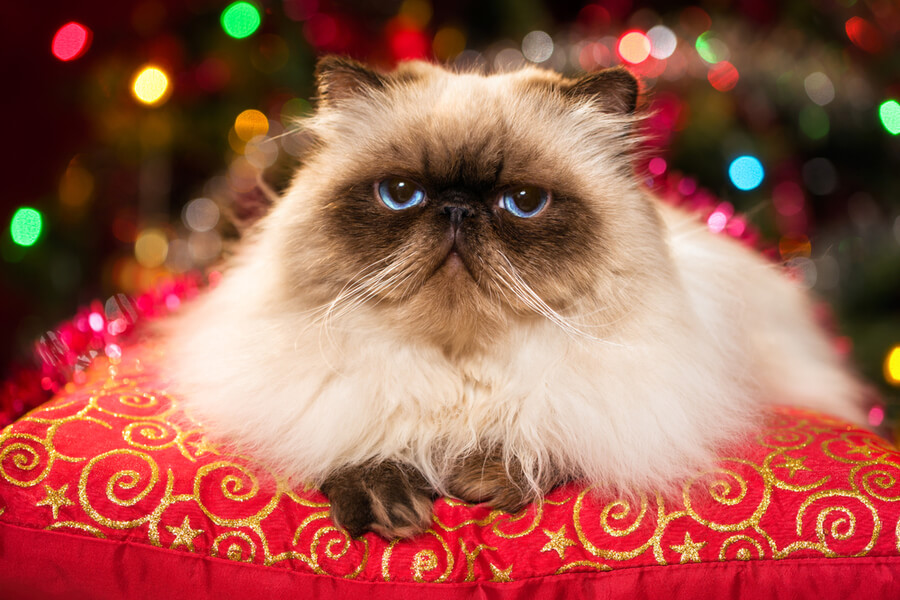
Persians are medium to large size cats with a well-developed, muscular, cobby-type body. They possess deep, full chests, broad shoulders, and a well-muscled backside. They also have relatively short legs, but this does not diminish their robust appearance.
They have nicely rounded, huge heads and large eyes that always have a friendly and gentle expression. In between their large eyes are snubbed noses with a beautiful central beak. Generally, this cat breed's rounded head should be high above their noses. Their rounded ears are small and are set wide apart on their head. They have strong chins, muzzles and powerful, broad jaws. Their necks are thick and short.
Their legs are short but powerful and thick, with round-shaped tufted paws and firm pads. Their front paws have five toes while their paws at the back have four. Persian cats' short tails are incredibly bushy, which they like to flick from side to side, to show their emotions.
This cat breed comes in a wide array of colours such as white, cream, red, blue, black, lilac, chocolate, golden, silver, blue-cream, tortoiseshell, sable, and tricolour. They also come from a variety of patterns such as, bi-colour, tortoiseshell, tabby, tricolour, shaded, smoke, and Himalayan – which is a light-coloured body with darker points, and blue eyes.
When it comes to their beautiful coat, Persian cats boast lush, long, and thick fur that is fine when touched. This cat breed has full frills covering their shoulders and then continuing down between their front legs.
Persian cats are gentle, dignified, and they prefer a calm and peaceful environment and people who treat them kindheartedly. This cat breed is like an ornament to a house, because they enjoy sitting on someone's lap and having all the pets they can get. Unlike athletic cats, they favour lounging on a sofa to climbing the heights of a bookcase or fireplace mantel.
Children are acceptable to the Persian cats if they are happy to simply stroke them and not drag them around or dress them up. They can play house and tea parties with kind children who gently pet them. Make sure that children will treat this cat breed with the gentle respect they deserve. Persian cats are very affectionate; however, they can also be discriminating as they reserve their attention for family members whom they fully trust.
Persian cats may greet you with a quiet and gentle meow. But in most cases, they let their eyes do the talking. They do not mind spending time alone, but your company will always make them happy and relaxed. When you go out for long periods, it may be best to have a pet sitter to accompany and care for them in their natural surroundings as they do not do well in unfamiliar environments.
Persian cats do not like loud places with lots of activity. They prefer quiet homes with minimal changes. They let their simple needs be known through their large, expressive eyes and soft, musical, and pleasant voice. Persian cats are unlikely to climb up curtains, perch on top of refrigerators or jump on kitchen counters because they are happy to stay on the floor or a more accessible location.
Lastly, this cat breed is perfect for those who work in the day or are busy around the house as they will sit contented on a chair, sofa, or bed until you arrive or have time to give attention. They are the type of cat breed that loves attention but never demands.
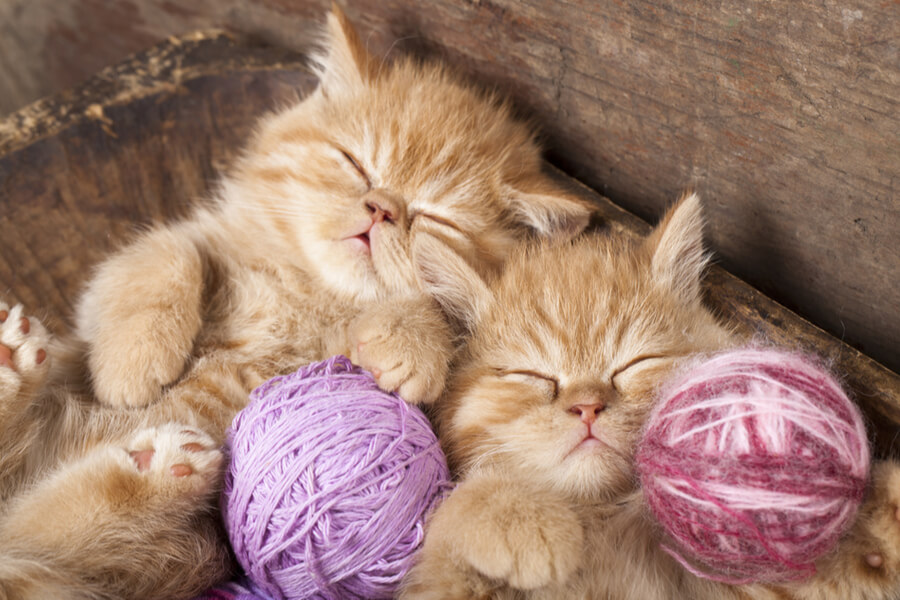
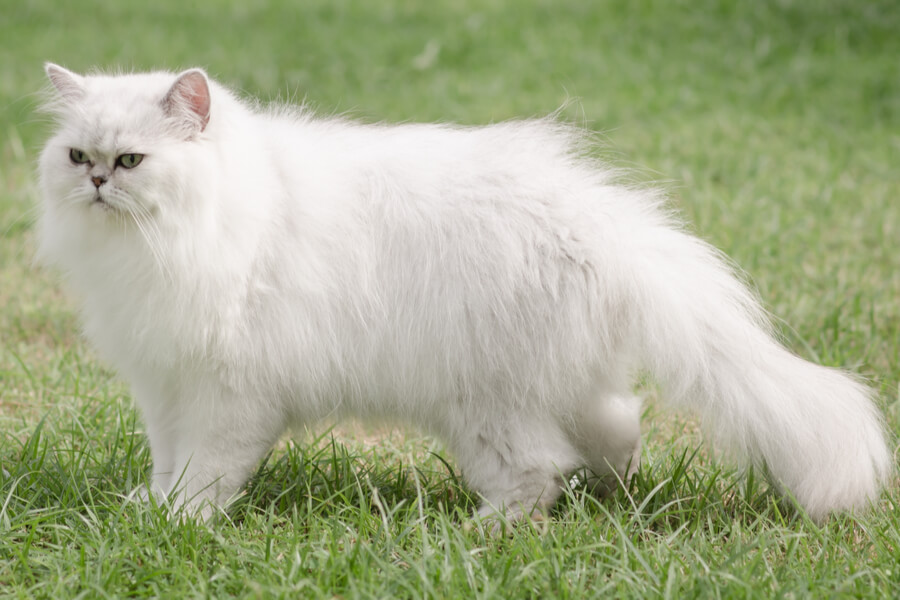
Persians are not the most intelligent cat so it's unlikely you’ll be able to train them to do tricks. However, for most Persian cats, there are two types of training: the first is litter training, and second, is training good behaviour.
Like most cat breeds, Persian cats can be trained to have a good pleasant demeanour though it may take some time and patience on your part. Still, it's totally worth the effort as when a Persian is properly socialised and trained during their kittenhood, they will become a well-rounded and well-mannered feline companion.
Because they are not very active, it's also important to engage your Persian cat with a few play sessions each day to keep them physically and mentally stimulated.
Persian cats are known to be high maintenance. Their luscious coat must be groomed daily using a stainless-steel comb to reduce loose hair, tangles, and mats. Keep in mind that mats and tangles can be painful and uncomfortable for any cat breed. It is crucial to practice a good grooming routine when you have a Persian cat.
In addition to daily combing, it is advisable to bathe your Persian cat every few months. If possible, start this routine as soon as you get your Persian kitten so they get used to it from an early age. Also note that the Persian's eyes tend to tear because of their pushed-in face. To avoid unpleasant staining, wash or wipe their face daily, focusing on the area below their eyes.
Trim their nails more frequently when they are kittens and less often when they are adults. Clean their ears once a week, or as advised by your vet, to avoid the risk of ear mites. If left untreated, it may be challenging to treat. For their teeth, regular brushing is recommended using a vet-approved toothpaste to avoid gingivitis.
As for their nutrition, Persian cats need proper nutrients and protein. This comes with a high-quality diet recommended and advised by your vet. If you alter your Persian cat’s diet, make sure to watch their weight as they tend to become overweight quickly. Moreover, fresh and clean water should always be provided to encourage them to drink more. A lot of Persian cats can drink better using water fountains as it keeps the hair on their chin and chest dry.
Lastly, make sure to keep their litter boxes clean at all times. Not only are they particular about their bathroom hygiene, but it will help their coat and paws clean as well. Litter can get lodged in their fur or paws, and if not managed, they may just stop using the box.
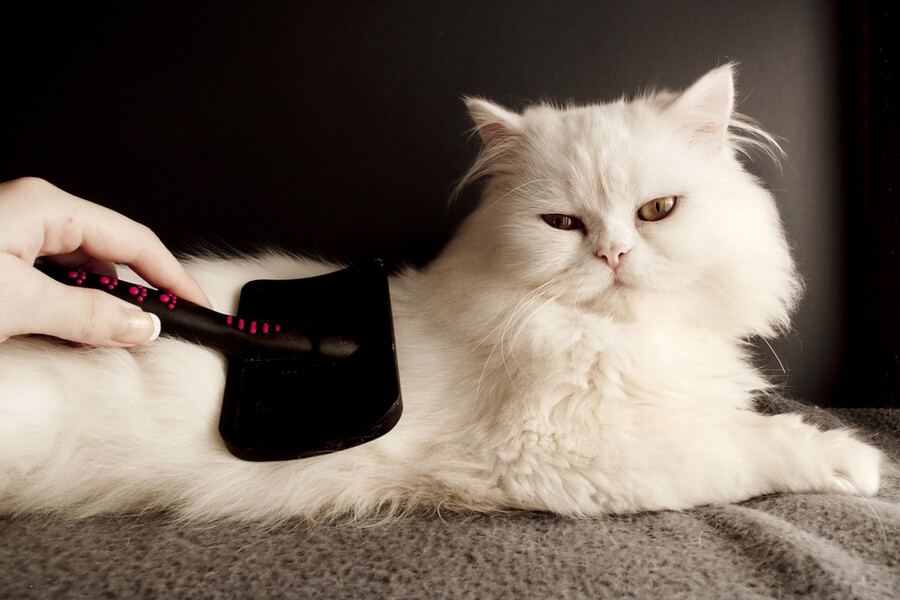
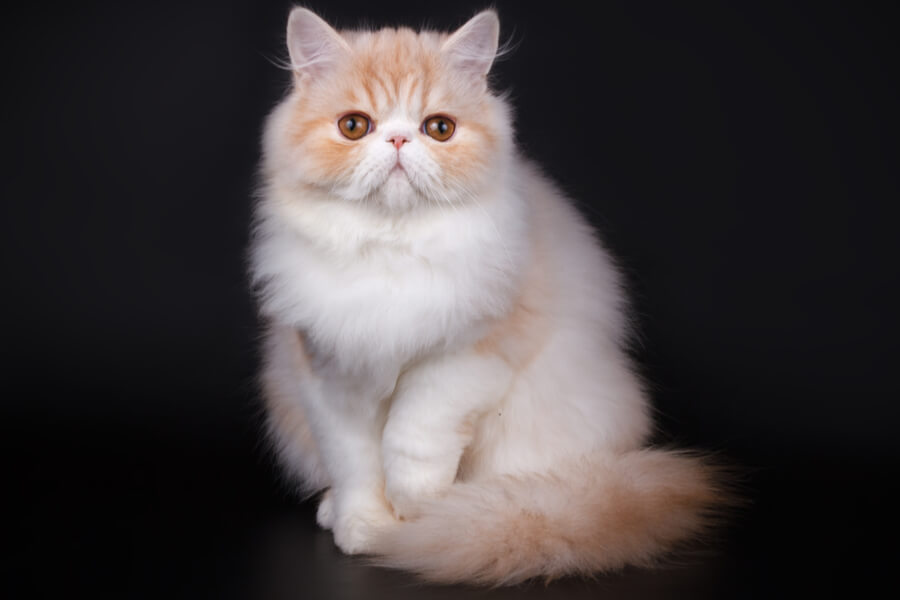
Persian cats' lifespan ranges from 10 to 15 years but they are prone to several potential health issues. Most are related to their facial structure, such as excessive tearing, Cherry eye, breathing difficulties or noisy breathing caused by constricted nostrils or dental malocclusions, which means the teeth don't mesh well together.
Other things to be away of are:
Because of these health concerns, it's vital to only buy a Persian cat from a breeder who runs DNA health checks on the breeding cats and the kittens. This is important as DNA health checks can highlight some potential genetic diseases. Also note that The Governing Council of the Cat Fancy Persian Registration Policy made testing for Polycystic kidney disease for breeding Persian cats mandatory from 2016.
Persian cats are laid-back, affectionate, and gentle. This makes them a perfect choice for families with children. They are very lenient around children. This is just one of the reasons why they have remained one of the most popular family pets in the United Kingdom.
However, Persians do not like being dragged around, carried, or dressed up. So children in the same house as a Persian should be taught to interact with them in a very gentle way. Because of this, it is advisable to oversee any interaction between a Persian cat and a child to avoid any accidents.
Persian cats get on well with other cats and cat-friendly dogs if socialisation was done at an early age and they have grown up together. They are very friendly and calm by nature and have been known to get on with smaller animals like rabbits and birds. Still, just to be sure that everything goes well, it is always best to supervise them when they are around small pets.
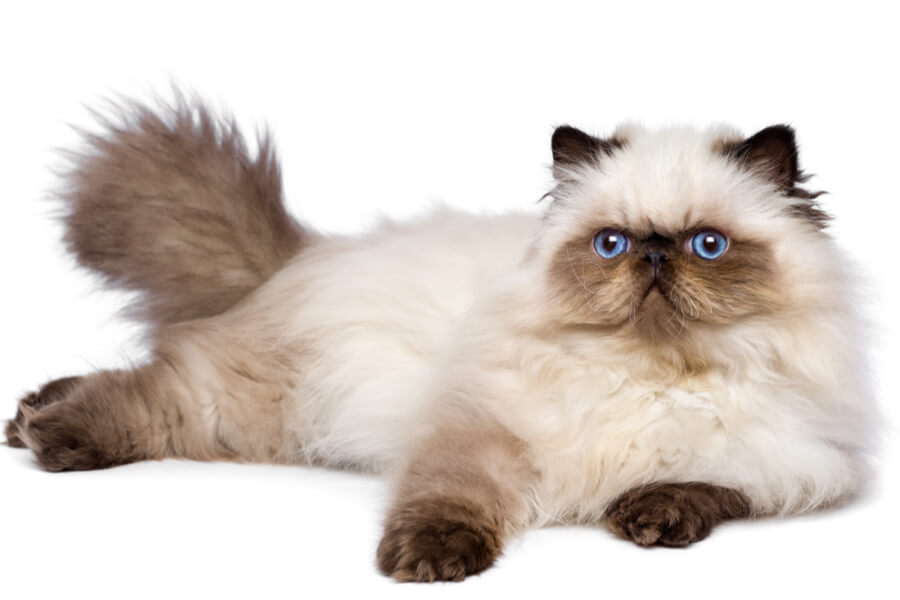
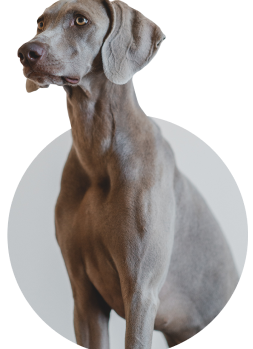
We can connect you with Breeders that are specialized in this particular breed.
See available kittens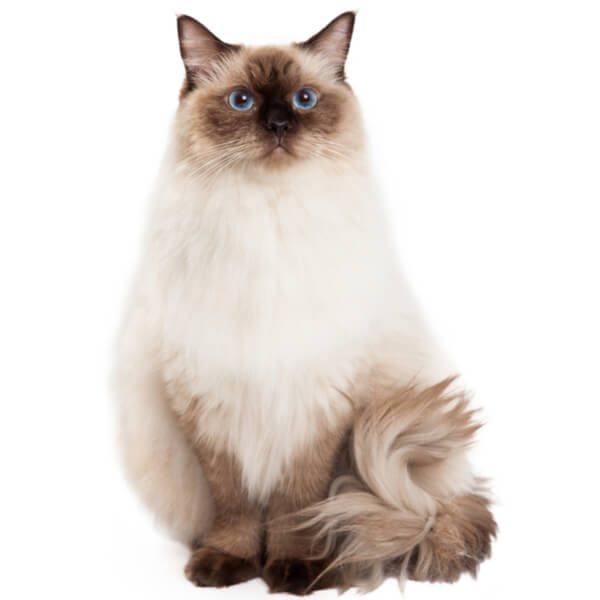
United States of America
Size : Large
Coat : Long
Registration : GCCF, TICA, CFA, FIFe
Vocality : Low
Hypoallergenic : No
Grooming : Twice a Week
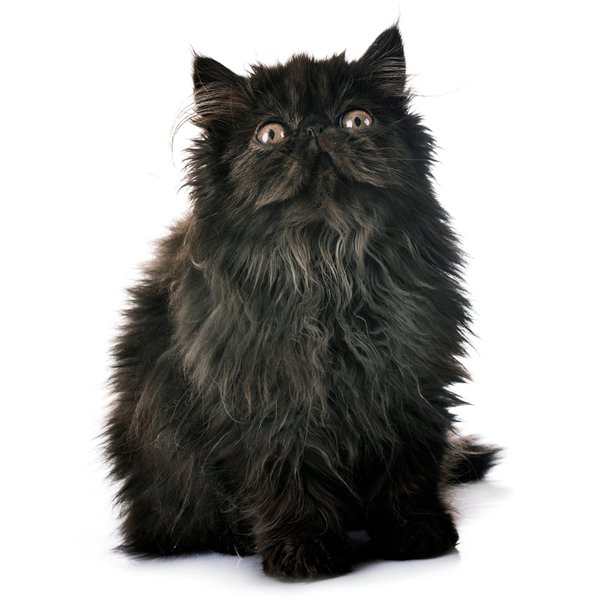
United States of America
Size : Medium
Coat : Long
Registration : GCCF, TICA, CFA, FIFe
Vocality : Low
Hypoallergenic : No
Grooming : Everyday
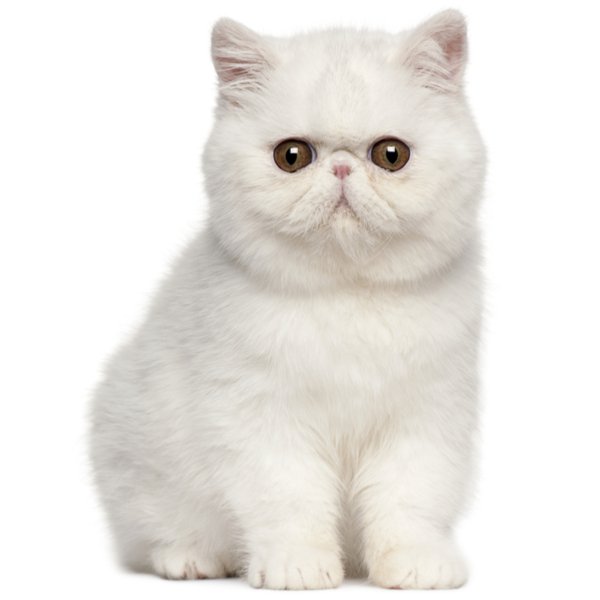
United States of America
Size : Medium
Coat : Short
Registration : GCCF, TICA, CFA, FIFe
Vocality : Low
Hypoallergenic : No
Grooming : Once a Week
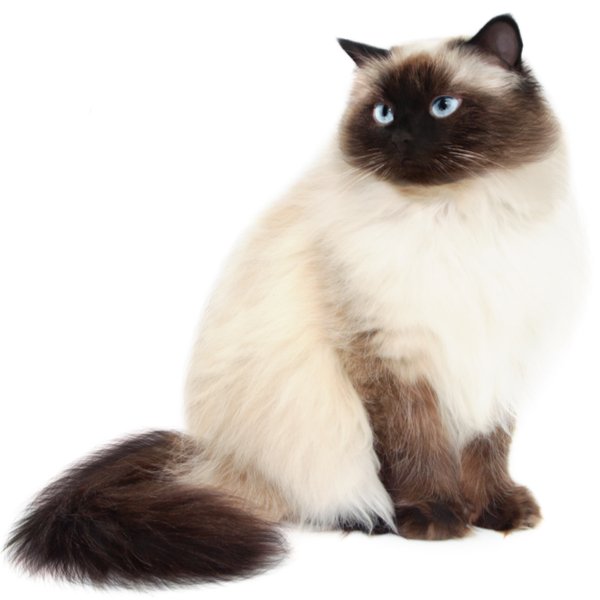
United States of America
Size : Medium
Coat : Long
Registration : TICA, FIFe
Vocality : Low
Hypoallergenic : No
Grooming : Everyday


Need some advice?
Whether you're a first time pet owner, an experienced pet owner, a new or long-time breeder, or just curious about pets, we've got you covered!
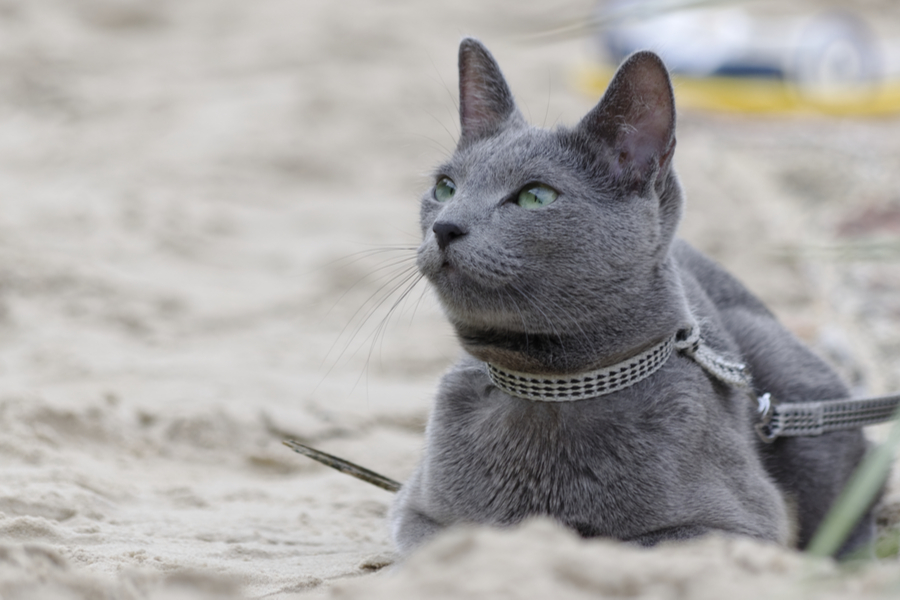
January 17, 2024
What Is The Personality Of Russian Blue Cats?
Russian Blue cats are most known for their distinctive shimmery blue-silver coat and piercing green eyes. However, this breed’s calm and gentle temperament is what makes them shine the most in the feline world.
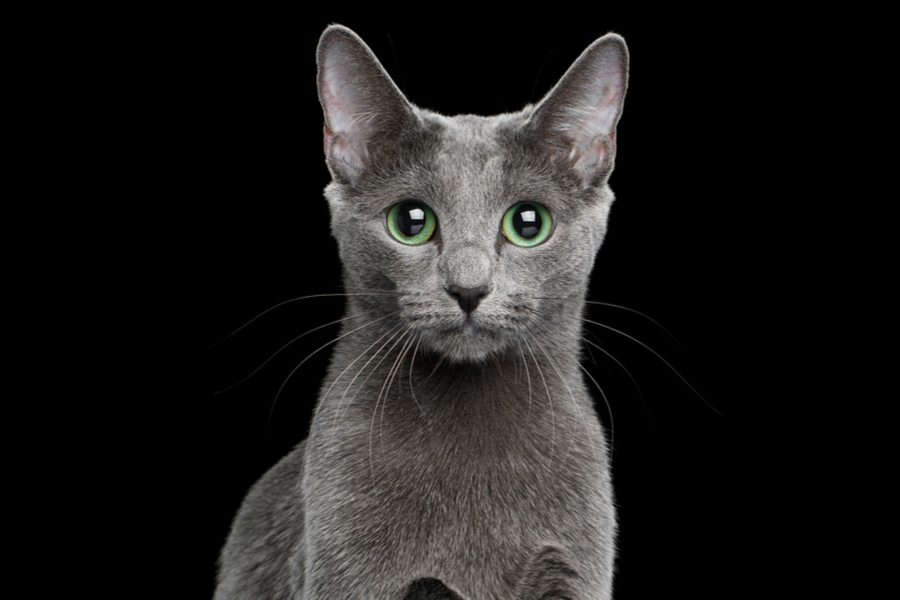
January 17, 2024
10 Facts About Russian Blue Cat Breed
Russian Blues are one of the most aesthetically stunning cat breeds, with a gorgeous plush silvery coat and vibrant green eyes. However, it’s not only their appearance that is beautiful; their nature is too.
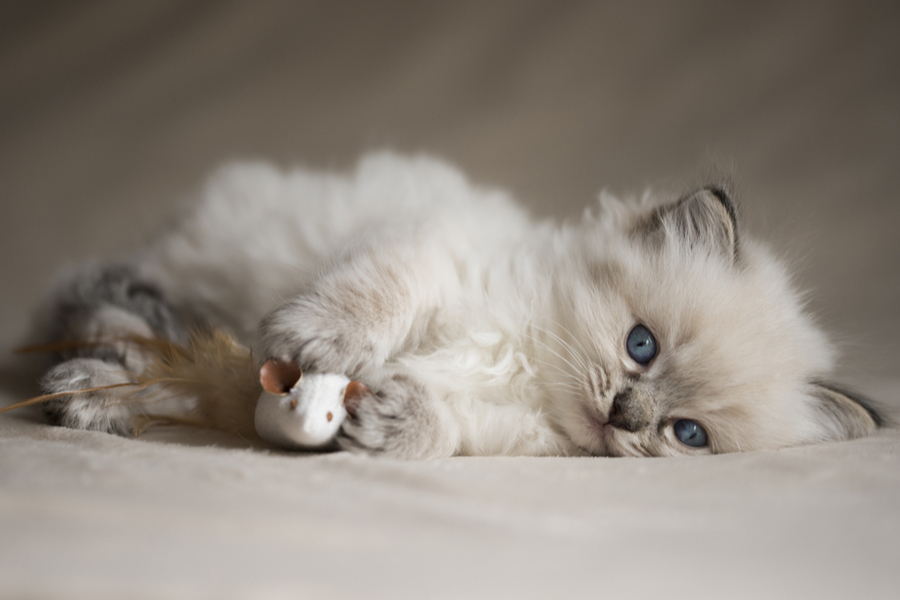
January 17, 2024
How To Choose The Right Cat Breed for You
Cats can make the most fantastic animal companions; they are adorable, friendly, and loving. However, not all felines are created equal. There are many different breeds, of which each has its unique personality traits.
Need some help?
Contact us to speak to our friendly advisor, who will gladly help you find your dream pet!



We are registered in England and Wales under registration number 12568840,
and our registered office is at 58-60 Kensington Church Street, W8 4DB London, England.
© 2023 The Pedigree Paws